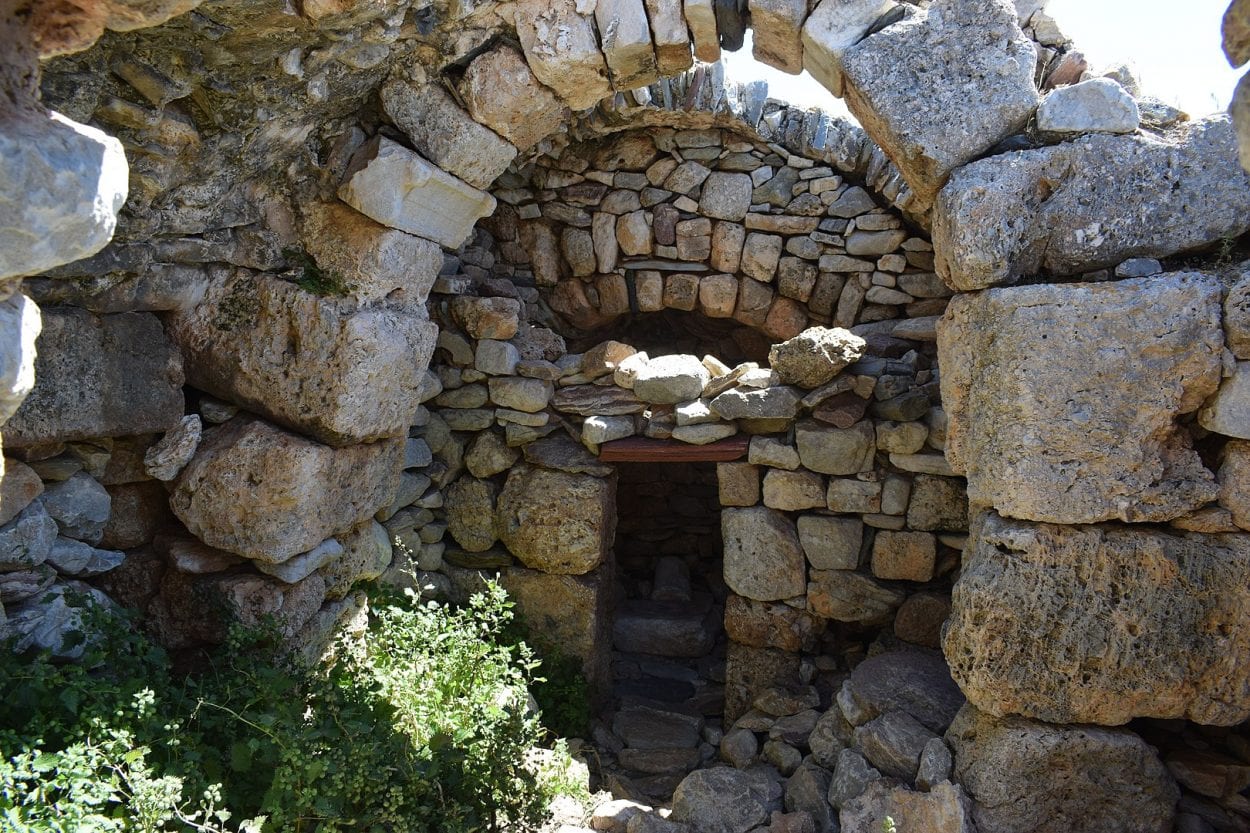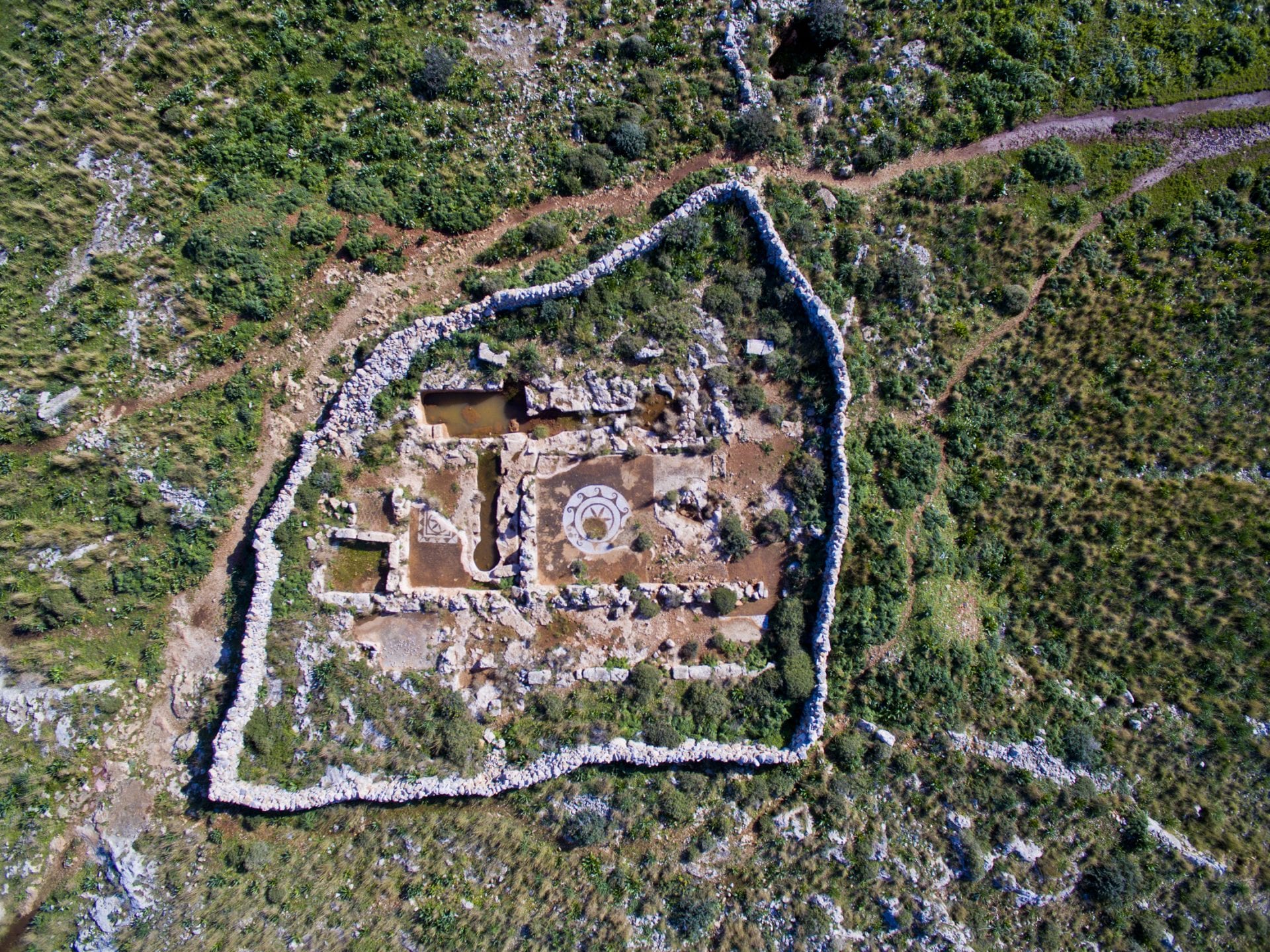Taenarum, also known as also known as Tainaron or Matapan is an ancient Greek city, located on the Cape Matapan at the end of the Mani Peninsula in Greece, which during antiquity was a mythical gateway to Hades.
According to legend, Taenarum was founded by Taenarus, referred to in different accounts as the son of Zeus and brother of Calabrus and Geraestus, or as the son of Poseidon, where he founded a sanctuary at Taenarum in dedication of his father.
Taenarum may have been constructed by the helots, a subjugated people by the Spartans that constituted a majority of the population of Laconia and Messenia, with the city becoming famed for its marble and purple snails that yielded the valuable Lacedaemonian Purple dye.
The inhabitants built several temples at the site, with the most notable being in dedication to Poseidon and Apollo, for which Strabo in the first century AD and Pausanias in the second century AD, describe a cult temple that worshipped Poseidon and fronted a cave-like temple on the headland.
The cave was believed to be the gateway to Hades, the realm of the dead named for the patron god of the underworld, in which the departed souls were transported across the rivers Styx and/or Acheron by Charon the ferryman, to be judged on whether they would reside in Elysium or Tartarus.

In Greek legends, the cave was the portal in which Heracles (Hercules), the divine hero in mythology and the son of Zeus, dragged Cerberus (a beast with three canine heads and a tail with a dragon or serpent) during the 12 labours set by Eurystheus of Mycenae, after being instructed by the Oracle of Delphi to atone for killing his wife and children through madness induced by Hera.
The cave was also where Orpheus led his wife Eurydice back from the underworld, after Hades and Persephone agreed to allow her return on the condition that he would not gaze on her until they reached the upper world. In his eagerness to see his lost love, he turned to her after reaching the surface, but they were not fully across the underworld’s borders, causing Eurydice to vanish forever.
In 464 BC, Sparta was devastated by a major earthquake, for which the Athenian historian Thucydides attributed to Poseidon’s vengeance on the Spartan ephors after they had killed helots who had taken refuge at the sanctuary in Taenarum.
Although Thucydides accounts are contested by many historians, the supposed event has led to the proverb “Tainarian evil” as a result of Thucydides stating:
“The Lacedaemonians had once raised up some helot suppliants from the temple of Poseidon at Taenarus, led them away and slain them; for which they believe the great earthquake at Sparta to have been a retribution.”
Header Image Credit : Katsikas pantelis – CC BY-SA 4.0





